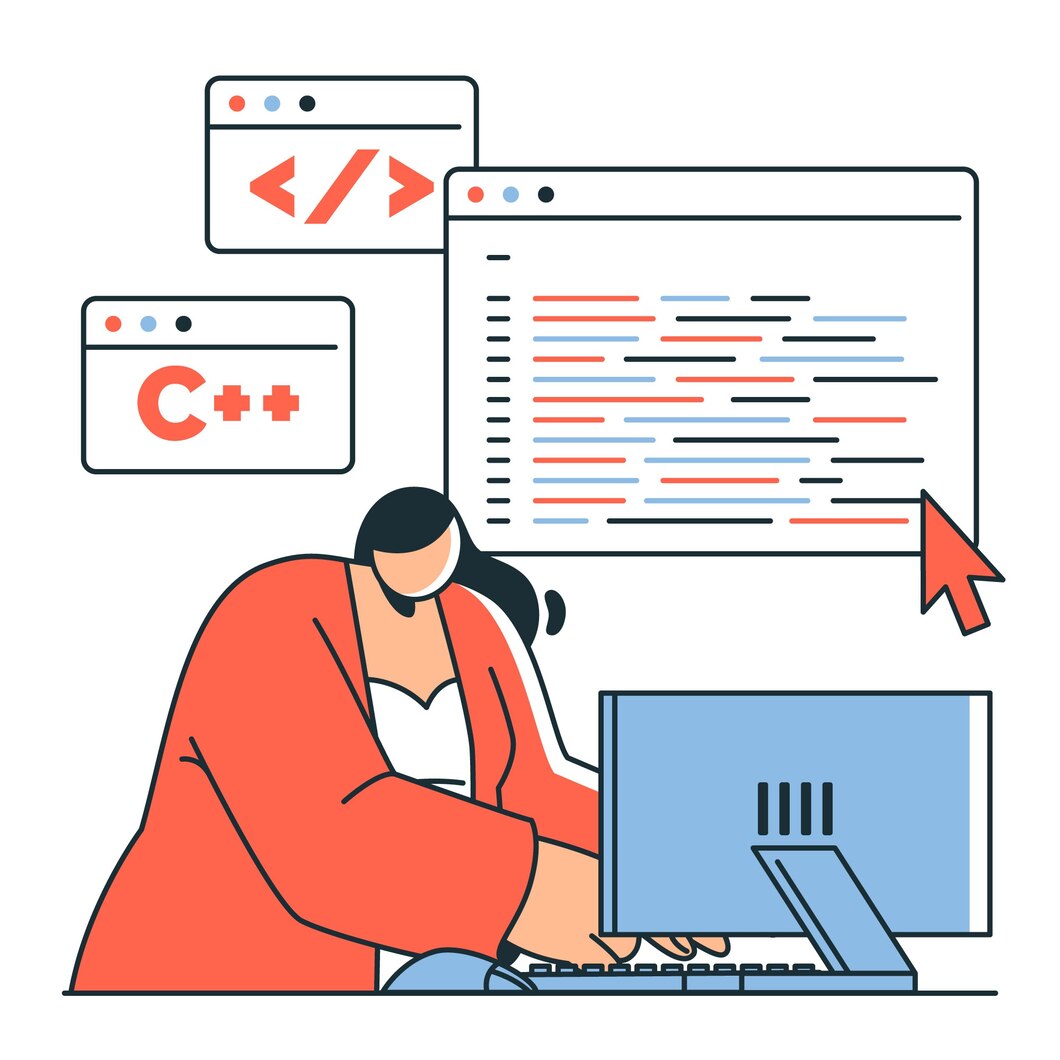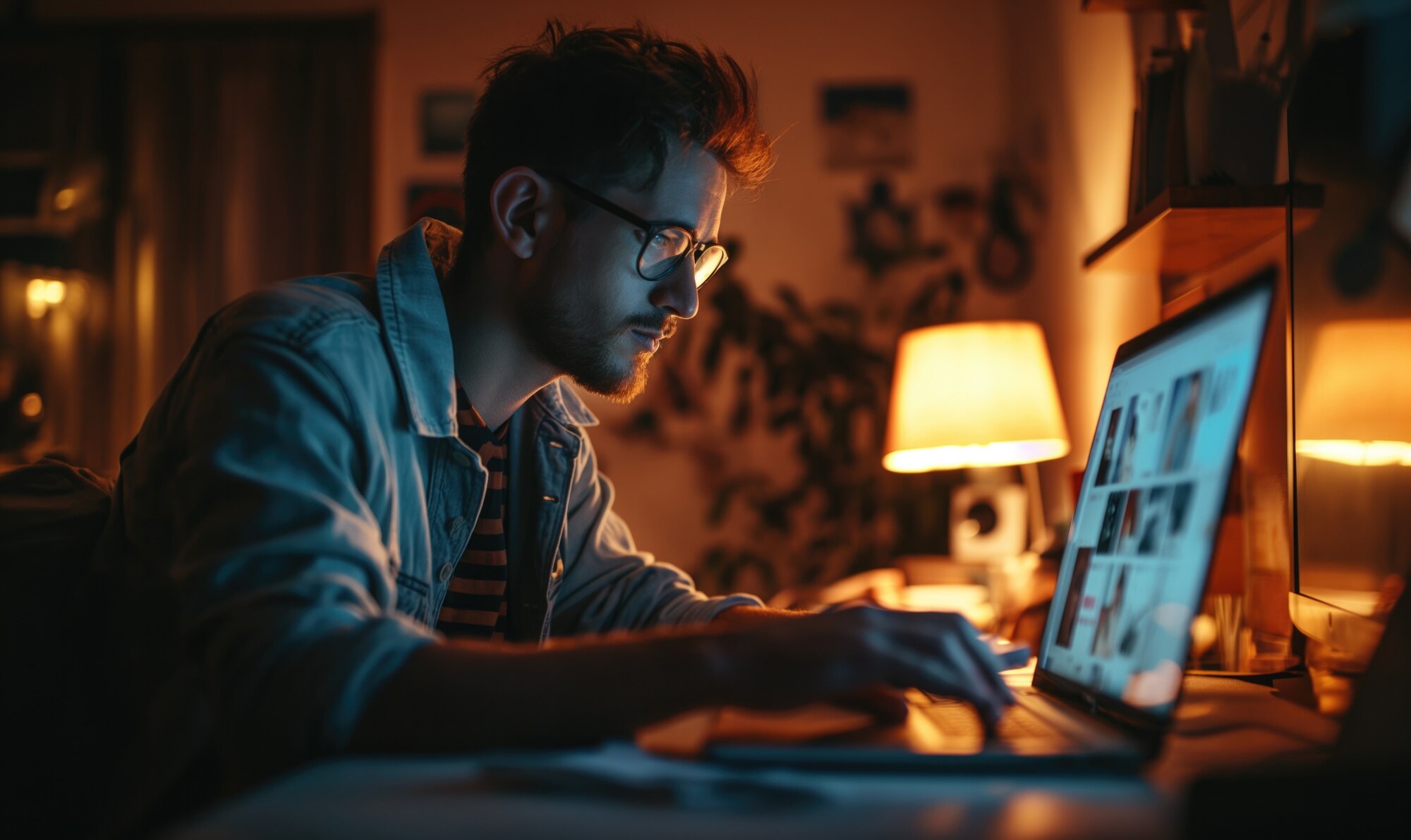Have you ever wondered how your favorite website works behind the scenes? Perhaps you’ve admired the layout, the way buttons respond when clicked, or how images adjust perfectly on different devices. These experiences are the result of front-end development, the art of turning design concepts into interactive and visually appealing websites.
What is Front-End Development?
Front-end development is the process of converting data into a graphical interface that users can interact with. While web design focuses on how a website looks, front-end development is about bringing that design to life on the web. This involves using technologies like HTML, CSS, and JavaScript to create websites that are not only functional but also engaging and responsive.
Front-end development is an essential part of full-stack development, as it forms the "client-side" of the application that users directly interact with.
The Path to Becoming a Front-End Developer
If you’re interested in becoming a front-end developer, here’s a roadmap to guide your journey:
1. Master the Basics: HTML, CSS, and JavaScript
-
HTML: The foundation of any website, HTML is used to structure content. Whether it’s text, images, videos, or forms, HTML allows you to add these elements to your website.
-
CSS: CSS controls the visual presentation of your website. It defines the look and feel, from fonts and colors to layout and responsiveness. While HTML tells what’s on the page, CSS determines how it should look.
-
JavaScript: JavaScript brings interactivity to your website. From dynamic content updates to animations and user-triggered events, JavaScript is essential for making your website feel alive.
2. Responsive Design & Design Guides
In today’s mobile-first world, responsive design is critical. A responsive website adapts to different screen sizes and devices, ensuring a seamless experience for all users. To achieve this, you’ll need to learn advanced CSS techniques and JavaScript.
Design guidelines from industry leaders, such as Google’s Material Design or Microsoft’s Metro Design, provide best practices for creating visually consistent and user-friendly interfaces.
3. JavaScript & Front-End Frameworks
Frameworks are powerful tools that speed up development by providing a structured starting point. Here’s a breakdown:
-
JavaScript Frameworks: Popular frameworks like Angular, React, Vue.js, and Ember.js offer pre-built components and patterns that simplify complex JavaScript coding. These frameworks are widely used in the industry, making them valuable skills to learn.
-
Front-End Frameworks: CSS frameworks like Bootstrap or Tailwind CSS provide a foundation for building responsive, mobile-first websites. These frameworks standardize common UI elements, saving you time and effort in styling your site.

Emerging Front-End Technologies
The front-end landscape is constantly evolving, with new tools and technologies emerging to meet the demands of modern web development. Here are a few of the latest trends:
-
Web Components: A set of standardized APIs that allow developers to create reusable custom elements. Web Components enable a more modular approach to building user interfaces, promoting code reuse and maintainability.
-
Progressive Web Apps (PWAs): PWAs are web applications that deliver a native app-like experience in the browser. They can work offline, load quickly, and provide a seamless user experience, making them increasingly popular in front-end development.
-
Static Site Generators (SSGs): Tools like Gatsby, Next.js, and Hugo generate static HTML pages at build time, improving site performance and security. SSGs are ideal for content-heavy websites where fast load times are crucial.
-
CSS Grid & Flexbox: These modern CSS layout techniques provide powerful ways to create complex, responsive layouts without relying on external frameworks. Learning CSS Grid and Flexbox is essential for mastering modern front-end design.
-
Jamstack Architecture: Jamstack (JavaScript, APIs, and Markup) is a modern web development architecture that decouples the front-end from the back-end, resulting in faster, more secure, and scalable web applications. Tools like Netlify and Vercel are popular in the Jamstack ecosystem.

Conclusion
Front-end development is a dynamic field that combines creativity with technical expertise. By mastering the basics of HTML, CSS, and JavaScript, and staying up-to-date with emerging technologies, you can build engaging, responsive websites that stand out in the digital world. Whether you’re just starting out or looking to advance your skills, the journey to becoming a front-end developer is both challenging and rewarding.



























